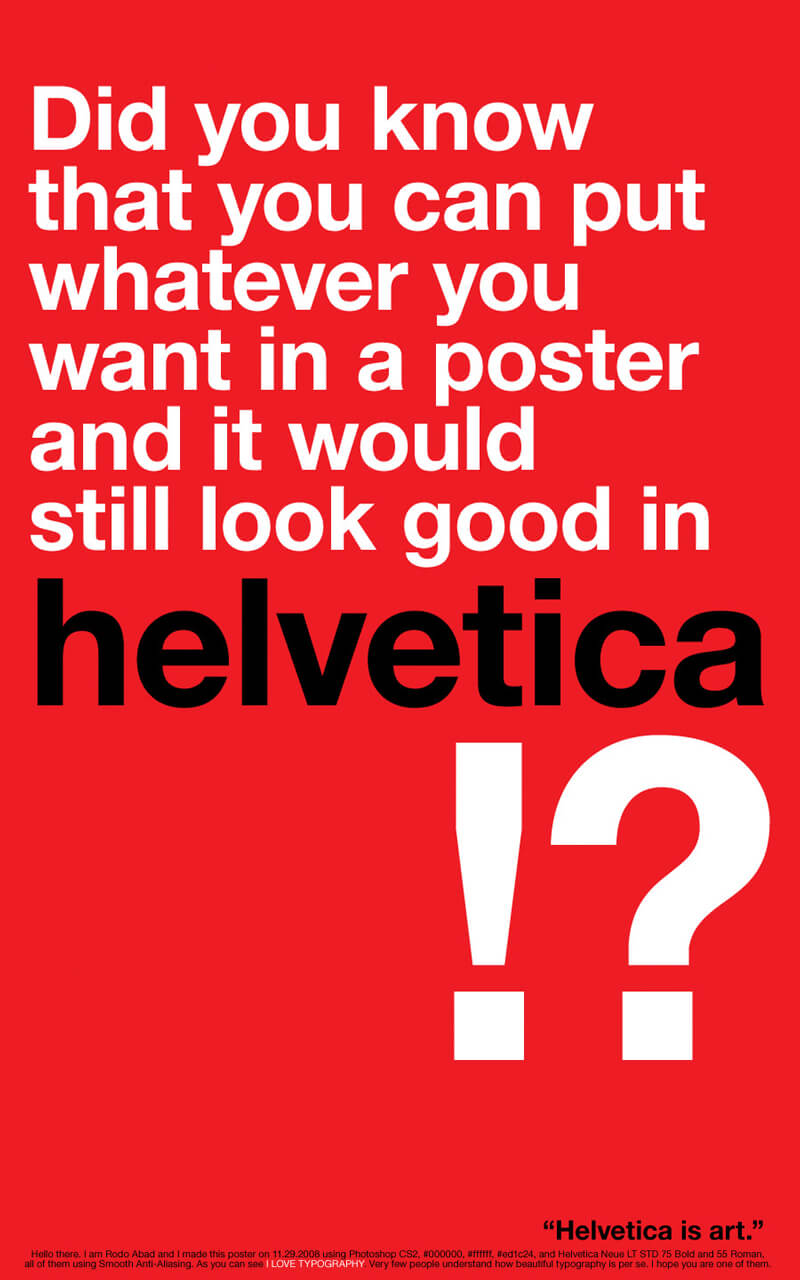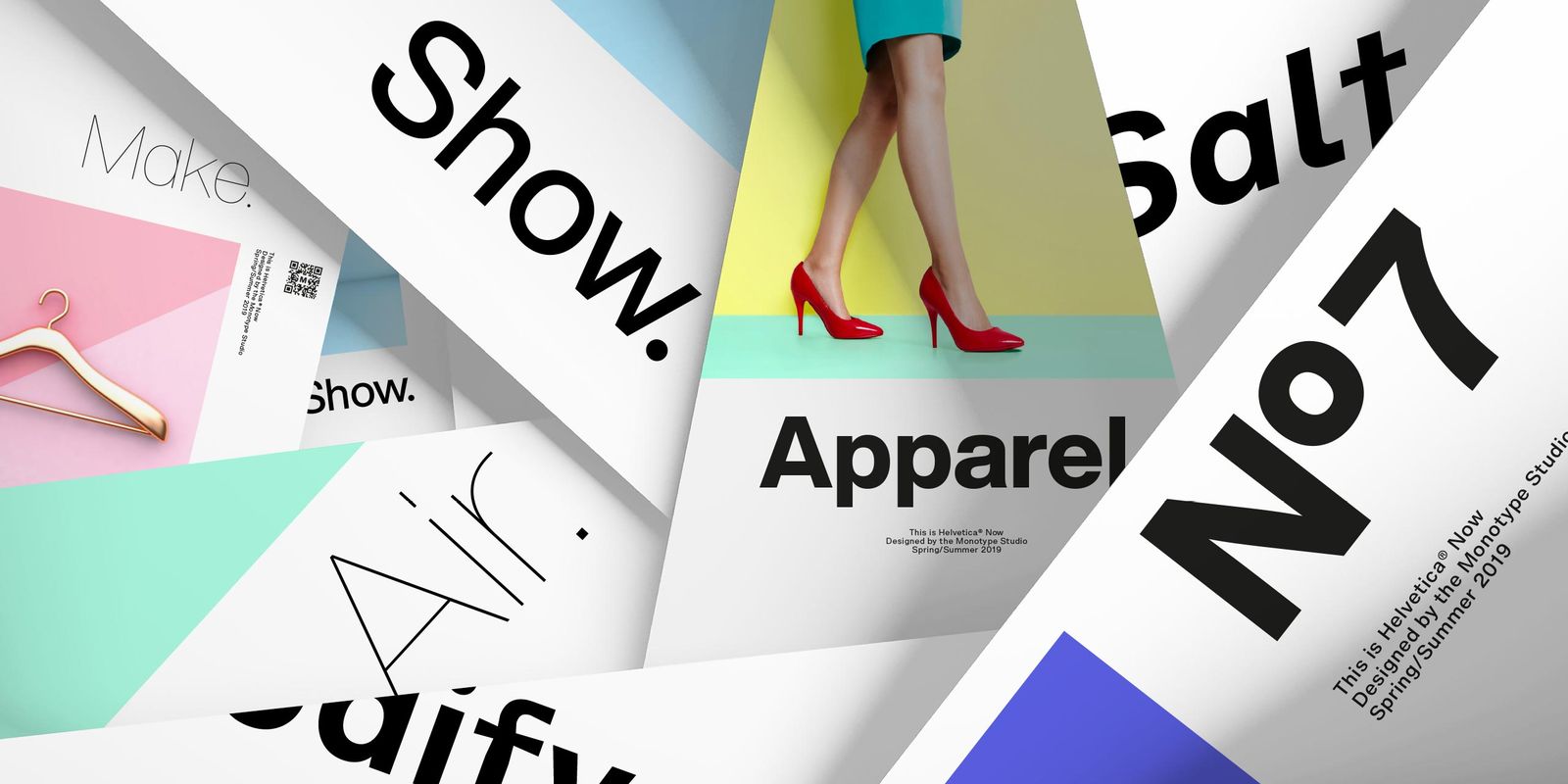

Going strong but the entire family was based on one master for all sizes and asĮvery good type nerd knows, that doesn’t translate into the best legibilityĪs communicators we are always looking for the best way to Light condensed weights to extra bold extended fonts. The original family was expanded to include a range of font styles from very

Helvetica Neue in order to meet the new requirements of digital typesetting. In 1983, the Stempel Type Foundry in Germany came out with

Known as the Swiss or International Typographic Style.” 1 The post-war ideals of clarity, accuracy and objectivity that later became Helvetica means “Swiss” in Latin.Īccording to the author of The Visual History of Type by Paul McNeil, “It resonated with The name was changed to Helvetica in 1960 to inspire wider Neutral typeface and probably never imagined the ultimate success and longevity They fulfilled the stated objective of designing a clear and It was created by Max Miedinger and Eduard Hoffman and originally called Neue Type Foundry in order to compete with the popular sans serif typeface, Akzidenz-Grotesk. Helvetica was created in 1957 in Switzerland by the Haas My conclusion is that Helvetica Now is indeed a much-improved version of the ubiquitous Helvetica typeface! This complete overhaul was designed with today’s needs in mind and works beautifully across a variety of digital and print applications. Type lover that I am, I admit to feeling a bit skeptical at first, which is why I had to take a deeper look. Monotype recently released a redesign of the popular typeface Helvetica ®, called Helvetica Now.


 0 kommentar(er)
0 kommentar(er)
